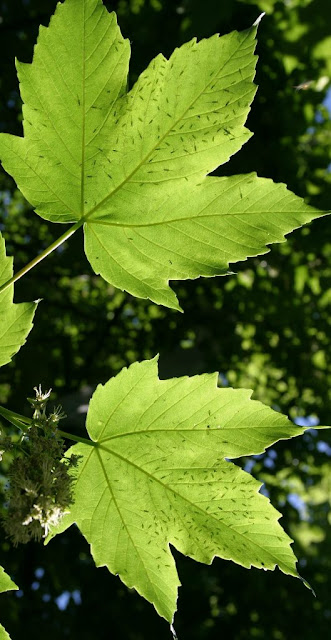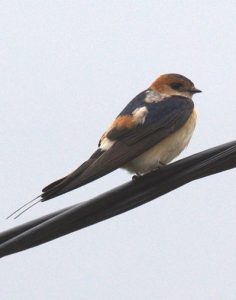Parallel Processing: Towards a Broadened Biophysics of Space Use, Part III

In this post I will again hammer wake-up calls into my own camp, researchers in the field of wildlife ecology, including the theory of habitat selection and and animal space use. For example, I have previously claimed that the Burt legacy has hampered progress in individual home range modelling, as has standard calculus done for population dynamics of open systems (including spatially extended versions). The two classical toolboxes for space use models; based on specific postulates from statistics and standard mathematics, are hampering progress towards improved model realism. As long as there still is a strong reluctance to replace these postulates by extending the theory head-on in the direction of biophysics of memory-influenced processes it is my personal conviction that the quagmire will prevail. However, there are now rapid and promising progress from research originating outside the traditional community of ecologists. These directions are pointing towards spatial models from ...










